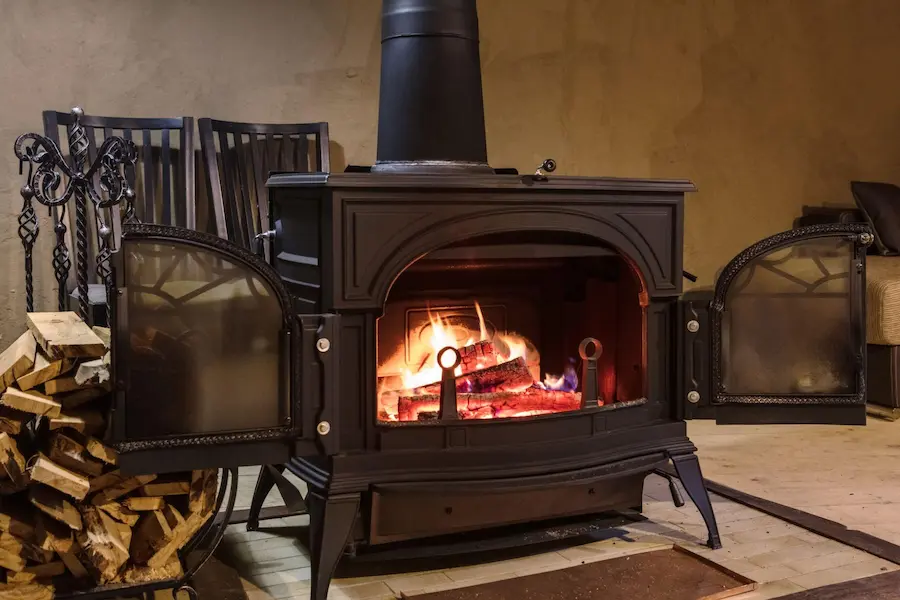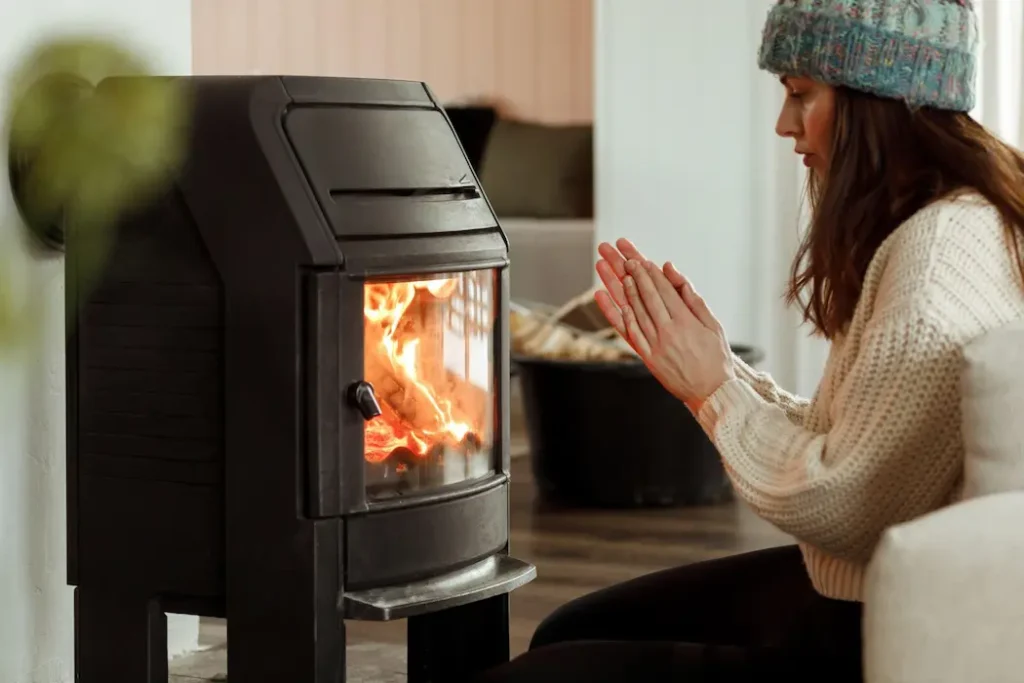Moving a wood stove can be challenging and requires careful planning and execution. Whether relocating to a new home or simply rearranging your living space, following the proper steps is essential to ensure a safe and successful move. This article will provide a comprehensive guide on how to move a wood stove efficiently and effectively. So, let’s get started!
Introduction
Moving a wood stove requires careful planning and execution to ensure safety and avoid damage. Following the steps outlined in this article, you can move your wood stove smoothly and efficiently.
Assessing the Situation
Before you begin the moving process, assessing the situation and determining the best approach is essential. Consider factors such as the size and weight of the wood stove, the distance it needs to be moved, and the available space in both the current and new locations.
Gathering the Necessary Tools and Equipment
You will need specific tools and equipment to move a wood stove successfully. Some of the essential items include:
- Moving dolly or hand truck
- Furniture sliders
- Heavy-duty gloves
- Straps or ropes for securing the stove
- Packing materials for protecting the stove
Ensure that you have all the necessary tools and equipment ready before you start the moving process.

Preparing the Wood Stove for Move
Before you can move the wood stove, you need to prepare it for transportation. Start by emptying the stove of any remaining ashes and debris. Clean the stove thoroughly, removing any loose parts or accessories. Secure any doors or panels to prevent them from swinging open during the move.
Safely Disconnecting the Wood Stove
When the wood stove is ready for the move, disconnect it from the chimney and other connections. Safely disconnect the stovepipe and remove any fasteners holding the stove in place. It’s crucial to follow the manufacturer’s instructions or consult a professional if you need clarification on the disconnection process.
Protecting the Surrounding Area
Before moving the wood stove, take measures to protect the surrounding area. Lay down drop cloths or old blankets to prevent any scratches or damage to the floor. Cover nearby furniture or delicate objects with plastic sheets or bubble wrap.

Secure the Firebox and Doors
Use straps or ropes to secure the firebox and doors of the wood stove. This will prevent them from opening during the move and causing any damage. Ensure that the straps are tight but not too tight to avoid denting the stove.
Moving the Wood Stove
With the necessary preparations, it’s time to move the wood stove. Lift the stove with the help of a moving dolly or hand truck, using caution to avoid straining your back. Secure the stove to the dolly or hand truck with straps or ropes, ensuring it is stable and won’t shift during the move.
Reinstalling the Wood Stove
Once you have safely transported the wood stove to its new location, it’s time to reinstall it. Carefully position the stove in the desired spot, ensuring it is level and stable. Reconnect the stovepipe and any other connections, following the manufacturer’s instructions or seeking professional assistance.
Testing and Final Adjustments
After reinstalling the wood stove, testing it and making any necessary adjustments is essential. Light a small fire to ensure that the stove is functioning correctly and that there are no leaks or issues with the installation. Make any final adjustments as needed to ensure optimal performance.
Cleaning Up
Once the wood stove is in place and functioning correctly, it’s time to clean up the area. Remove any protective coverings and clean the surrounding space thoroughly. Dispose of any packing materials or debris responsibly.
Safety Precautions during the Move
During the move, prioritize safety at all times. Use proper lifting techniques, wear appropriate personal protective equipment, and secure the wood stove adequately. Take breaks if needed to avoid exhaustion and prevent accidents.

Troubleshooting Common Issues
If you encounter any issues during the move or after reinstalling the wood stove, refer to the manufacturer’s manual or contact a professional. Common problems include improper venting, draft issues, and malfunctioning components.
Conclusion
Moving a wood stove requires careful planning, preparation, and execution. Following the steps outlined in this article, you can safely and successfully move your wood stove to a new location or rearrange your living space. Remember to assess the situation, gather the necessary tools, prepare the stove for the move, protect the surrounding area, and take caution during the transportation and reinstallation process.
Man and Van Hire London provides you with moving services and tips to move your home items effectively. It also offers furniture, sofa and piano moving services.
FAQs
Can I move a wood stove by myself?
Moving a wood stove can be physically demanding, especially if it’s large and heavy. It’s recommended to seek assistance from others or hire professionals to ensure safety and avoid injuries.
Do I need to clean the wood stove before moving it?
Yes, cleaning the wood stove before moving it to remove any ashes, debris, or loose parts is essential. This will make the stove lighter and prevent any mess during the move.
Can I reuse the old stovepipe after moving the wood stove?
Installing a new stovepipe after moving the wood stove is generally recommended. Old stovepipes may have undergone wear and tear or may not be compatible with the new location.
What is the easiest way to move a wood stove?
The easiest way to move a wood stove is to hire professionals who specialise in stove moving and installation.
Can a wood-burning stove be moved?
Yes, a wood-burning stove can be moved, but it requires proper planning and precautions to ensure it is done safely.
How do you move a free-standing wood stove?
To move a free-standing wood stove, follow these general steps:
- Empty the stove and clean out any ashes.
- Disconnect the stove from the chimney or flue system.
- Remove any accessories or attachments from the stove.
- Ensure the stove is cool before attempting to move it.



